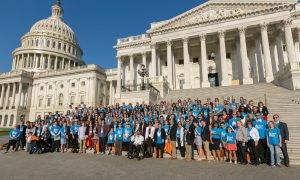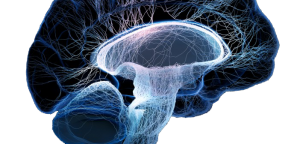 Press Release
Press Release
Making Headway Foundation Awards Research Grants
Chappaqua, NY based foundation funds more than $300,000 in grants for pediatric brain and spinal cord tumor research.
Chappaqua, NY – December 1, 2015: The Board of Directors of Making Headway Foundation recently voted to award more than $300,000 in grants to researchers studying pediatric neuro-oncology.
NYU Langone Medical Center received four grants. The total amount awarded was $251,242. These grants cover neuro psychology screening and assessment for patients; a clinical trials manager; a pediatric neuro-oncology fellowship for Dr. Devorah Segal; and a human brain tissue bio repository for the purpose of obtaining and archiving tissue samples from pediatric brain tumor patients. These samples will be made available to researchers within NYU and to other institutions at no or nominal cost.
Additional grants were made to Columbia University of New York City and The Hospital for Sick Children in Toronto Canada for $30,000 and $25,000, respectively. The Columbia University grant will be to study the long term cognitive & family aspects of recovery from a pediatric brain tumor and will be conducted by Dr. Stephen Sands, Associate Professor of Clinical Psychology.
The Hospital for Sick Children in Toronto, Canada will study the molecular make up of low grade gliomas in children in order to improve clinical decision making. The goal is to enable less toxic therapies for good prognosis patients and improved targeted therapies for children with poor expected outcomes. Drs. Uri Tabori and Cynthia Hawkins will spearhead this project. Making Headway Foundation is partnering with A Kids’ Brain Tumor Cure (PLGA Foundation) on the funding for this study.
“For many years Making Headway has been dedicated to the care of children with brain or spinal cord tumors and their families. Finding better treatments and a cure has always been part of our mission and, with these grants, we take another step forward in that most important aspect of our work,” said Edward Manley, Founder and Board Chair. The Board’s Vice President of Research Sam Schwartz added, “The Board and its Medical Advisors are proud to announce the award of these grants to deserving programs in pediatric neuro-oncology.”
Making Headway Foundation is now in its 20th year. Founded by Edward and Maya Manley of Chappaqua, NY and Clint Greenbaum of Westhampton Beach, NY, its mission is to provide care and comfort for children with brain and spinal cord tumors while funding medical research geared toward better treatments and a cure. The Founders each had a child who survived a pediatric brain tumor.





 Press Release
Press Release

 Instagram
Instagram